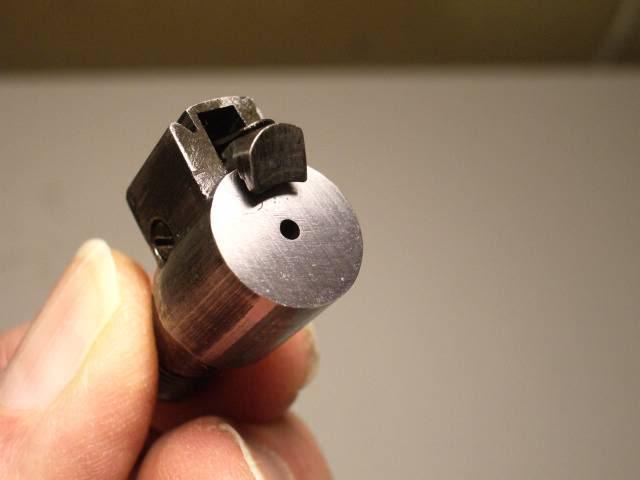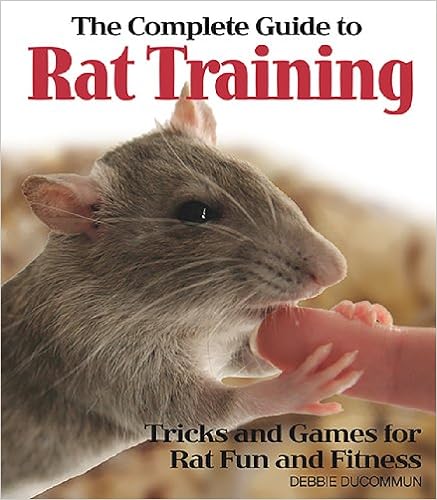The vast majority of modern bolt actions have a recessed bolt face and the cartridge does "NOT" lay in the bottom of the chamber
The only rifle I have ever owned that the cartridge did lay in the bottom of the chamber was the British .303 Enfield rifle with its flat nonsupporting bolt face.
Below is from the "Rifleman's Journal" website written by German A. Salazar in response to a question about partial neck sizing using a full length die.
Reloading: Partial Neck Sizing
by German A. Salazar
http://riflemansjournal.blogspot.com/2010/06/reloading-partial-neck-sizing.html
"Now the last scenario, a full-length sized case in which the neck is also fully sized. There is clearance at the neck and in the body of the case, the closest fit anywhere is the bullet in the throat. If the neck to bullet concentricity is good (although it needn't be perfect), then the bullet will find good alignment in the throat and the case body and neck will have minimal influence. Let's not forget that the base of the case is supported by the bolt face or the extractor to a certain degree as well; this is yet another influence on alignment. As you can see, there are several points from base to bullet that can have an effect. My procedure is to minimize the influence of those that I can control, namely the case body and neck, and let the alignment be dictated by the fit of the bullet in the throat and to some extent by the bolt's support of the base. Barring a seriously out of square case head, I don't think the bolt can have a negative effect on alignment, only a slightly positive effect from minimizing "case droop" in the chamber. Given that a resized case will usually have a maximum of 0.001" diametrical clearance at the web, this isn't much of a factor anyway."
I belong to the "rat turd in the violin case" club. 
The trick to fire forming the British .303 cartridge in the large military Enfield rifles chamber and have the excess head clearance removed and "center" the case in the rear of the chamber was simple.
A small rubber o-ring was slipped over the case to hold the case against the bolt face. And when the rubber o-ring was compressed it flowed around the base of the case into the chamber and centered the case in the rear of the chamber.
Below the o-ring method of fire forming a rimmed case with a unsupported bolt face for my .303 British Enfield rifles.
Bottom line it is a misconception to say any "modern" rifle lets the cartridge "lay" in the bottom of the chamber.
I will have to disagree with everything you have said because=
1 = the recess bolt face cannot hold the round concentric because it is .007 to .010 thousandths larger than the case head in order to eject the case.
2 = The head space would have to be .0000 in order to hold the case head square with the bore.
3 = belted cases were designed to allow the case to head space correctly with lots of room around the case body so they will chamber even in the dirtiest chamber.
4 = When neck sizing only, a belted case fits the chamber and does not require the belt any more forcing the case to be pushed against the shoulder automatically aligning the front of the case and the bullet. leaving the body of the case alone it will automatically align the back of the case. And if the action has been properly trued the rim of the case will be centered in the bolt face and never touch any part of the bolt recess except the face.
5 = Jamming the bullet into the throat only aligns the bullet. If the loaded round is not perfectly concentric it throws the entire case off center and if the round is over sized it allows the back of the case to misalign even though it forces the case head back against the bolt face it will not automatically align its self perfectly and most of the time you can see this because the case will have a distinct bulge on one side more than the other. also most hunting rifles use magazine length for follow up shots so seating the bullets against the throat is not practical.
6 = also necks must have .003 to .004 thousandths minimum, to allow the neck to release the bullet without excessive pressure,so if the case body has been over sized it will lay in the bottom of the chamber.
Also, Most bench rest shooters don't size there cases at all they tight neck chamber the neck and turn the necks so that the fired case will just hold the bullet, and simply prime and charge the same case over and over for a match
I personally don't have anything against full length sizing and practice doing it on many Simi Auto
fire arms. But when accuracy is required, Everything has to fit the chamber perfectly and ammo must be as good and concentric as possible, and a full length sized case just does not fulfill these requirements.
My opinion comes from many years of shooting matches and building quality precision rifles and pistols that will shoot well under 1/4 MOA. If anyone thinks that a few thousandths one way or the other doesn't matter I recommend that they keep the shots under 5 or 600 yards where one minute of deer is good enough. neck sizing is not for everyone, but for those that want the best accuracy and don't mind taking the trouble to load near perfect ammo the rewards are accuracy.
You are entitled to your opinion and I am entitled to mine so we can leave it at that.
J E CUSTOM








